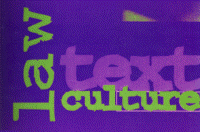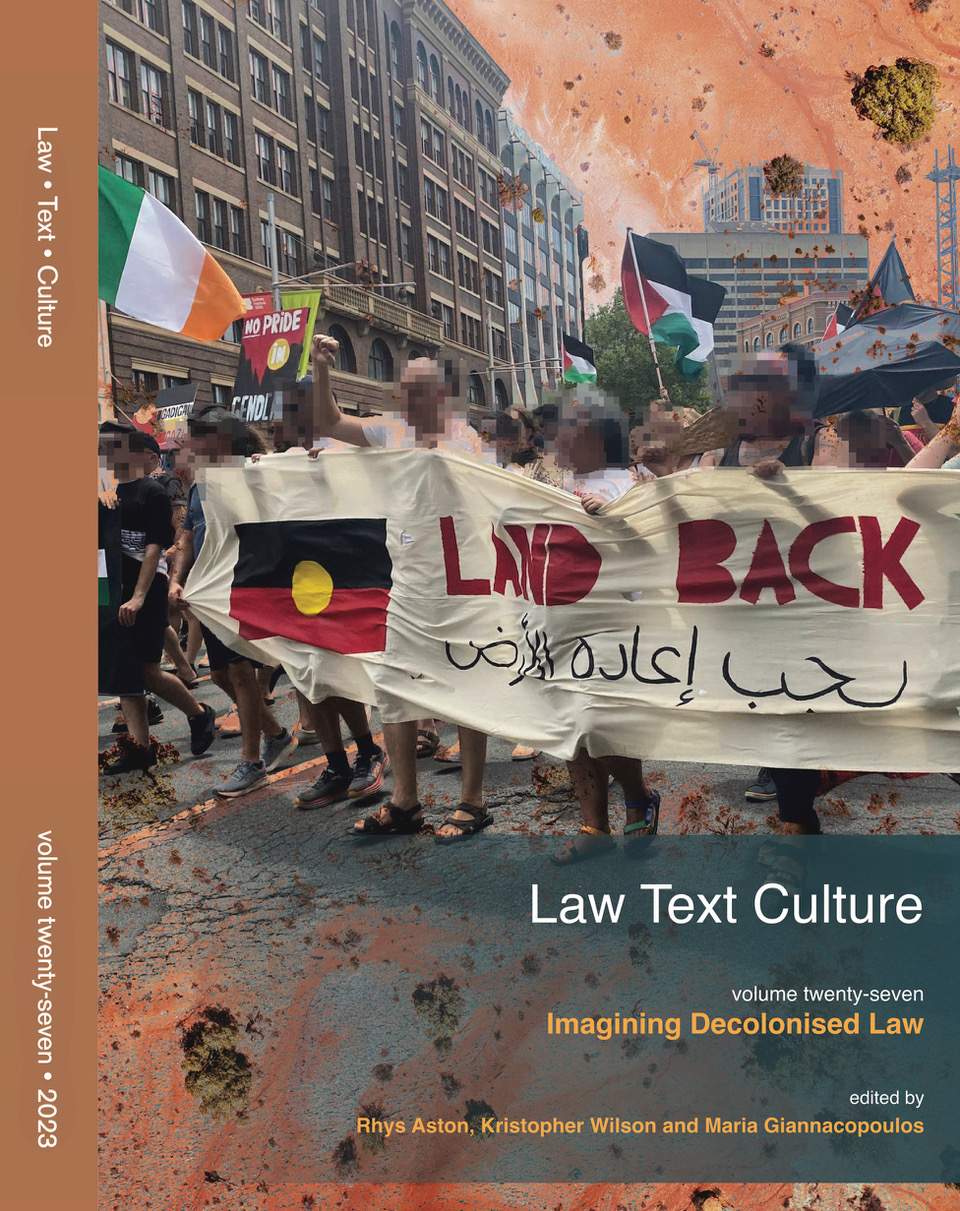Abstract
For many, the events of 11 September 2001 predisposed Western societies to collective fear not dissimilar to that felt at other moments of crisis in history. A few years on, the shockwaves have flattened and the notion of terror has institutionalised fear on several levels: the emotional, the social and the political. Fear, it seems, justifies varying degrees of administrative arbitrariness; as long as there is a commonly acknowledged threat like terrorism, public opinion (when informed by fear rather than knowledge) can be swayed to overlook the politicised abuse of the law. The protection of law from arbitrariness and from the fear that makes arbitrariness possible is, then, a pressing issue in the current climate. This paper explores intersections of visual culture and a general rhetoric of terror as myth-making processes to see how these translate into public opinion. First I examine some historical evidence for the political management of fear in Socratic philosophy, while the second part looks at visual and literal rhetoric.
How to Cite:
Krishnabhakdi-Vasilakis, F., (2008) “Intersections: What is the current climate in which we work and live?”, Law Text Culture 12(1). doi: https://doi.org/10.14453/ltc.759
Downloads:
Download PDF
View PDF
464 Views
387 Downloads

